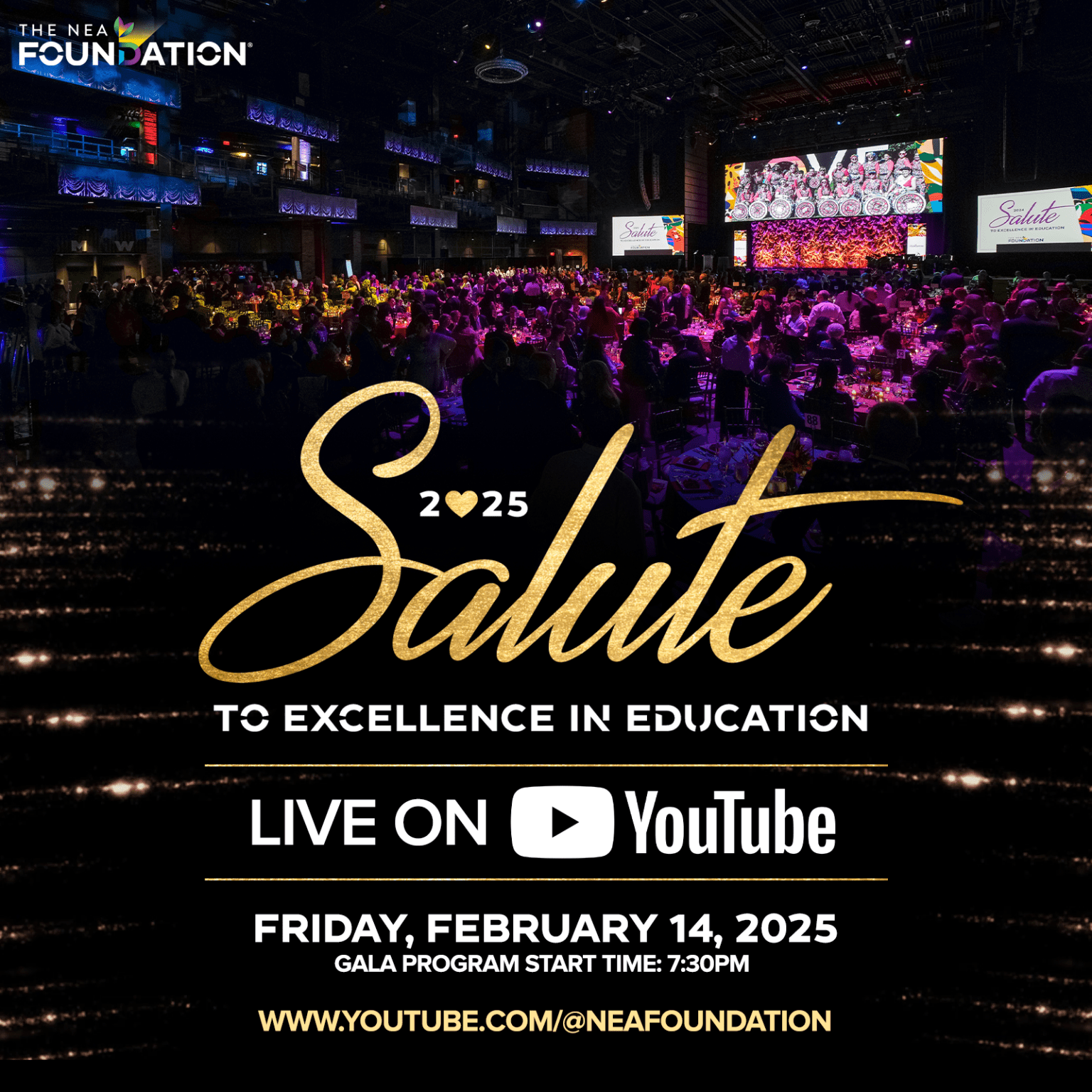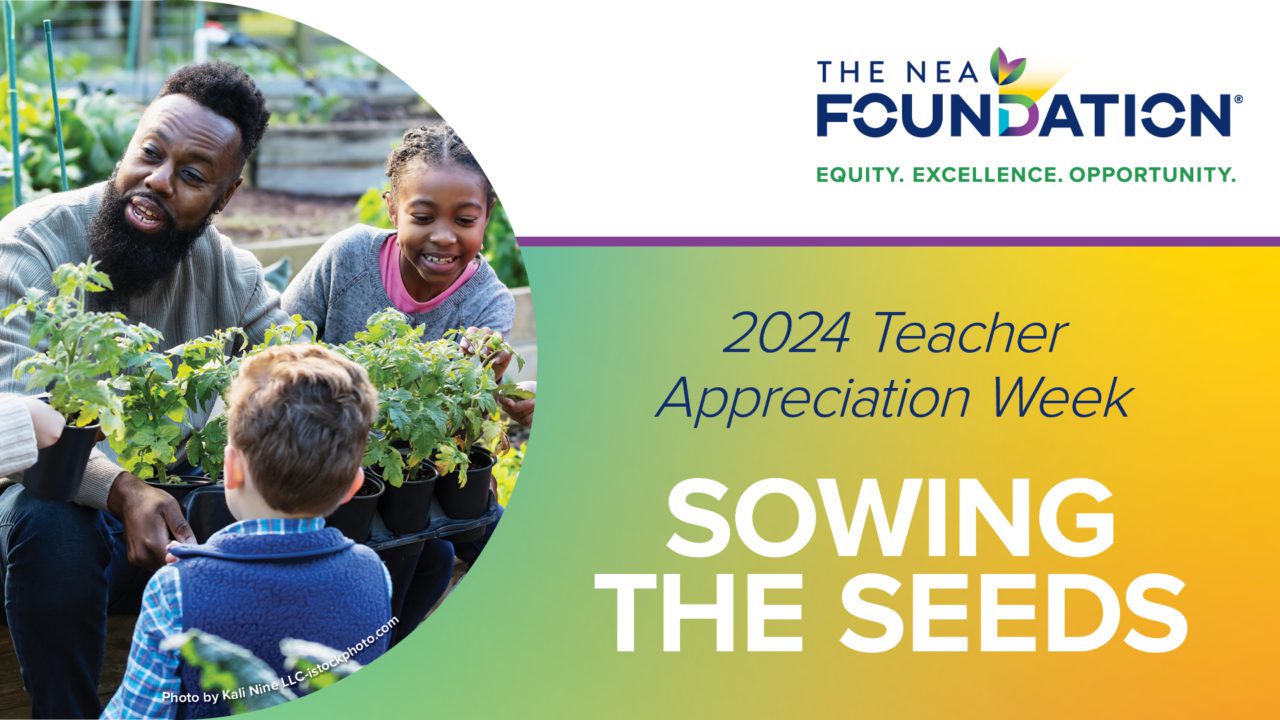Great educators have great stories. This series gives a glimpse of the ideas, practices, and experiences of the recipients of the NEA Foundation’s California Casualty Awards for Teaching Excellence. Today, we’re sharing the words of Jody Tolley, an American Sign Language educator at Skyline High School in Salt Lake City, UT.

As a teacher, I seek to address the many modalities of learning styles of my students.
Physical learners enjoy creating evidence of learning as they learn American Sign Language and Deaf culture. We build model home schools in teams to demonstrate the physical environments that a Deaf person may prefer.
Verbal learners enjoy the classroom debates in which we research, organize, and debate a variety of Deaf and non-Deaf related topics chosen by the students.
Logical learners are challenged in my class when we put on a problem-solving fair for the Deaf elementary students in the Utah School for the Deaf and the Blind. The ALS students work in teams to create challenges for the elementary students and then finish off by teaching the students how to logically approach the problem in the future.
Without question, an ASL class can be very difficult for auditory learners. I post videos of myself signing each word in the unit vocabulary, but as I sign these words I explain the hand shapes, locations , palm orientation, facial expressions, and movements that are needed to produce the signs correctly.
This year, I created a hybrid flipped classroom. The flipped model has really appealed to the many learning styles of my students.
Meet more of the 2018 NEA Foundation awardees here. We’ll celebrate them at the 2018 Salute to Excellence in Education gala in February. Hope to see you there!








